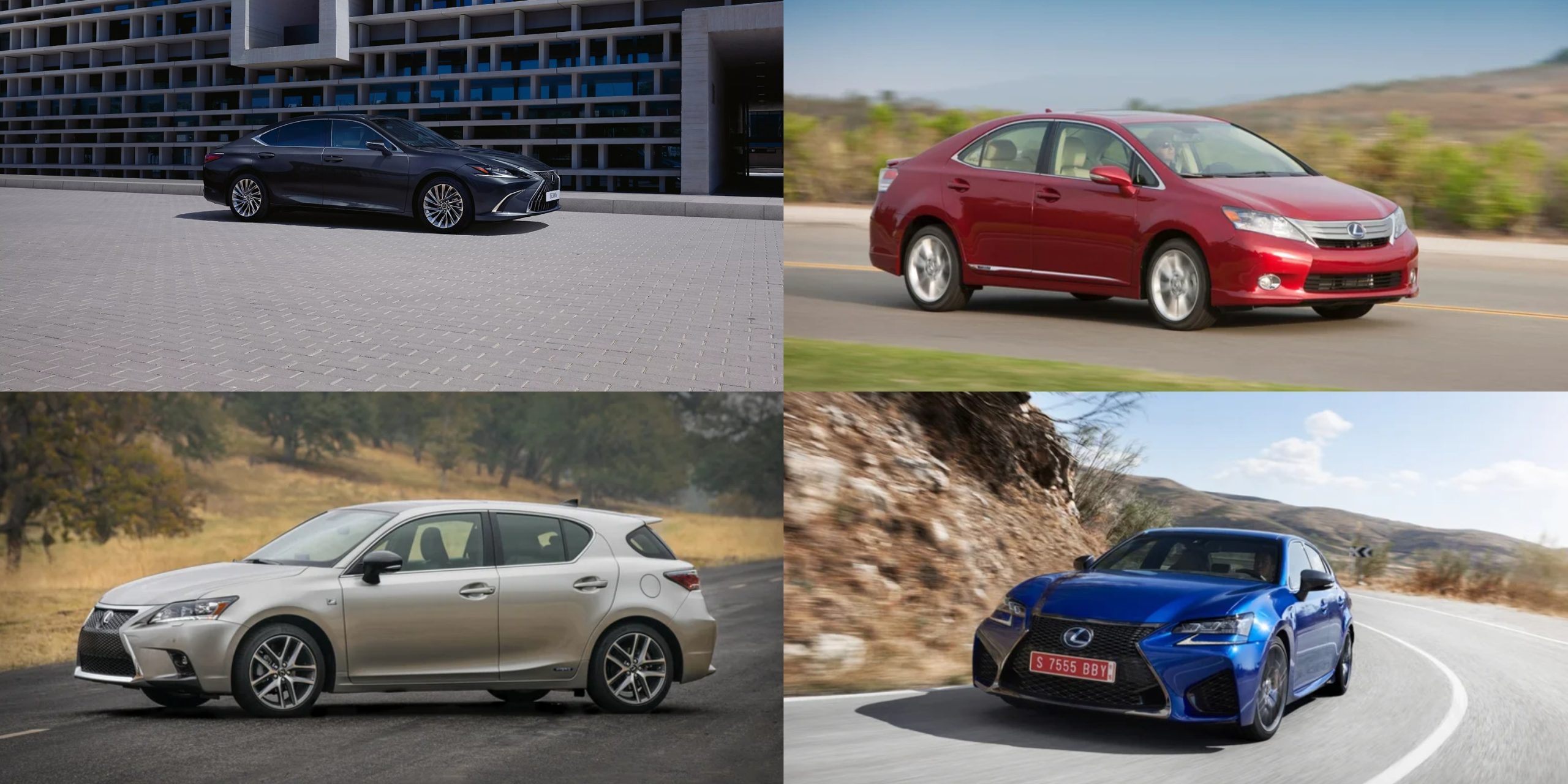Lexus has long been regarded as the quintessential Japanese luxury car brand, known for its unwavering commitment to quality. Since the debut of its first model, the LS, Lexus has consistently challenged established luxury automakers to elevate their standards.
Despite being one of the youngest players in the luxury segment, Lexus has made a significant impact, outselling even Audi in 2024.
This success is rooted in Toyota’s dedication to pushing engineering and quality boundaries, starting with the LS in 1989 and continuing with landmark models like the world’s first luxury crossover, the RX 300, in 1998.
Other standout vehicles include the ES, NX, and GX, which have all contributed to the brand’s reputation for reliability.
However, not every Lexus model has been a hit. While the brand is generally considered reliable, its history includes both standout successes and notable missteps.
Over its 36-year journey, Lexus has launched a few models that failed to resonate with buyers, either because they didn’t live up to the brand’s standards or simply missed the market altogether.
In this piece, we’ll explore both sides of Lexus’ legacy: the 10 most reliable Lexus cars and, in contrast, the seven most unsuccessful models the brand has ever sold. Some of the entries on this list might surprise you.
Also Read: 10 Best V6 Sports Cars That Don’t Sacrifice Reliability
7 Least Successful Lexus Models
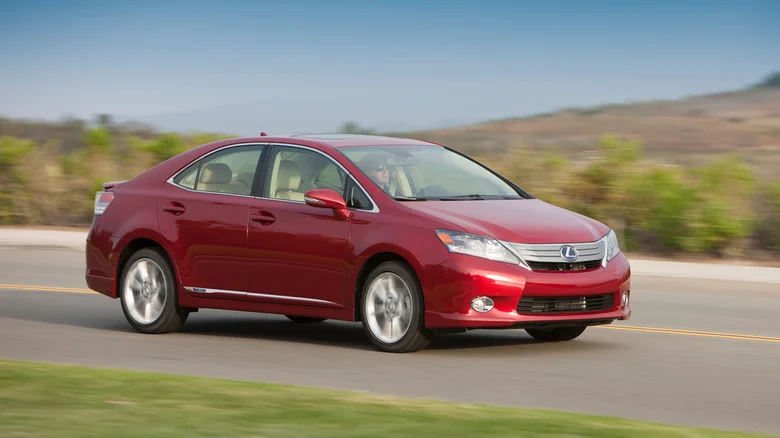
Lexus HS 250h (2009–2012)
After the Prius became a big hit, Toyota wanted to create a more high-end hybrid car using the Lexus name to attract buyers who were willing to spend more.
At the time, famous people like Jessica Alba, Natalie Portman, and Leonardo DiCaprio were all seen driving a Prius. The result of this effort was the HS 250h, which ended up being one of Lexus’ least exciting models.
At first glance, the Lexus version of the Prius seemed promising. It used a larger 2.4-liter engine compared to the Prius’ 1.8-liter, giving it 187 horsepower. It could go from 0 to 60 mph in 8.4 seconds, which was decent.
It offered 35 miles per gallon. Reviewers gave it some praise, saying it delivered the smooth and quiet ride people expect from Lexus. The inside of the car was a big step up from the Prius, using much nicer materials. Still, hardly anyone wanted to buy one.
In its first (not full) year on sale in the U.S., Lexus sold 6,699 units of the HS 250h. In 2010, that number went up to 10,663.
But then, sales dropped sharply. In 2011, only 2,864 were sold, and in 2012, just 799. One reason might be the boring design. When compared to the second-generation IS 350, the HS 250h looked plain — kind of like a Corolla with a bad makeover.
The HS 250h had other problems too. The ES 300h came out in 2012 and was better in just about every way. German car brands had diesel models that gave stronger performance and were more enjoyable to drive. Because of this, the HS 250h ended up becoming one of the least common Lexus models in the U.S.
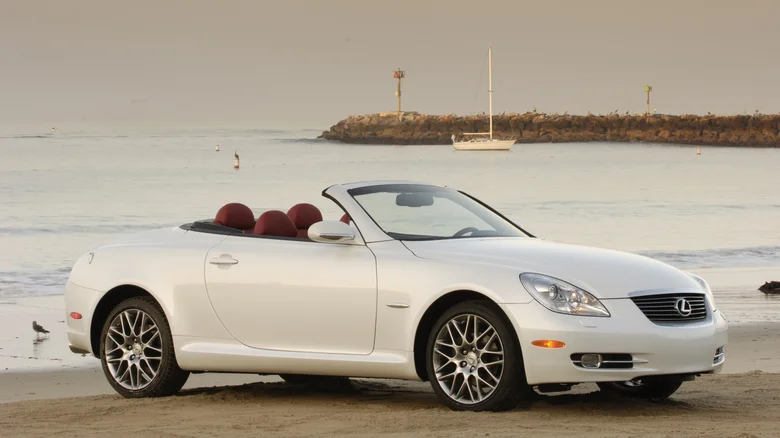
Lexus SC 430 (2001–2010)
The SC 430 is one of those cars that people strongly disagree about. Jeremy Clarkson once said it was the worst car ever made. But other car reviewers gave it lots of praise.
People who owned one really liked it. Looking at it now, it actually seems kind of stylish. Its smooth, flowing design, which was influenced by fancy yachts, still stands out.
No matter what people thought of the second-generation SC, it didn’t sell very well. In 2002, Lexus sold over 1,000 units in the U.S., but in every other year, the sales numbers were only in the hundreds. Because of this, Lexus decided to stop making it and later introduced the RC and LC coupes instead.
There were a few reasons the SC 430 didn’t succeed. It was supposed to compete with sporty cars from German brands like the Mercedes-Benz SL-Class. But it was never really built for performance. Sure, it had a 4.3-liter V8 engine that made 288 horsepower and 317 lb-ft of torque.
It used a six-speed automatic transmission and sent power to the rear wheels. It could go from 0 to 60 mph in 5.8 seconds.
Still, Lexus focused more on comfort and smoothness rather than giving it the exciting engine sound people hoped for. That was too bad, since the SC 430 had one of the nicest interiors of its time.
More than anything, though, convertibles weren’t very popular anymore in the 2000s. Maybe there were just too many of them, but it’s more likely that SUVs and crossovers became more popular and pushed out other types of cars. The SC 430 might have done better as a sporty coupe instead.
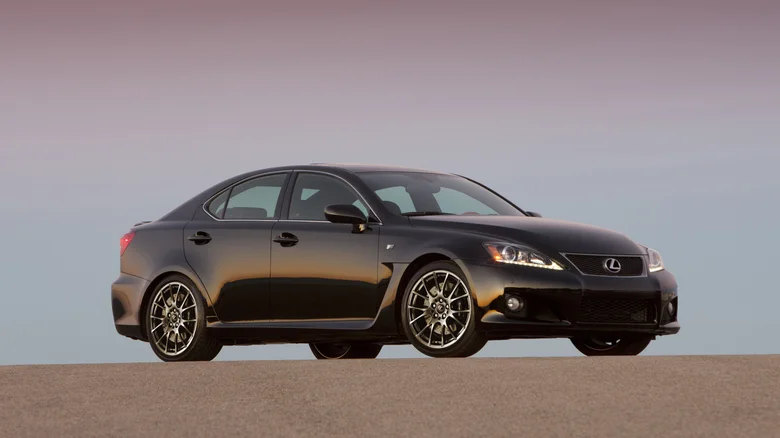
Lexus IS F (2007–2014)
Before the IS F showed up, Lexus cars were mostly seen as smooth and comfortable rides, even the models meant for driving fans, like the SC 430. But Lexus wanted to get the attention of younger drivers, so it decided to give the second-generation IS sedan a serious performance upgrade.
It came with a 5.0-liter naturally aspirated V8 engine. It made 416 horsepower at 6,600 rpm. The car had a fast-shifting eight-speed automatic transmission. It could go from 0 to 60 mph in 4.6 seconds. Its top speed was 170 mph.
A specially tuned suspension worked together with a smart system called Vehicle Dynamics Integrated Management (VDIM). On paper, the IS F had everything a high-performance sedan should have and seemed ready to compete with the BMW M3 and Mercedes-Benz C63 AMG.
Colleague Chris Davies had good things to say about the Lexus IS F in 2014. He especially liked how the engine sounded after 3,600 rpm. The eight-speed automatic got attention too for its quick and fun gear changes. Even with all that power going to the rear wheels, the IS F stayed well-balanced and easy to control on the track.
So why did it get discontinued with no direct follow-up? Lexus sold just 11,000 units during its seven years on the market. In comparison, BMW sold more than 66,000 E92 M3s in six years — making the IS F one of the slowest-selling cars in that performance category.
Maybe people weren’t ready to trust a Japanese sports sedan, or maybe they assumed it wasn’t good enough (even though it was). These days, the IS F makes a great used car because it has very strong and dependable parts. In fact, its 2GR-GSE V8 is one of the most reliable engines Lexus has ever built.
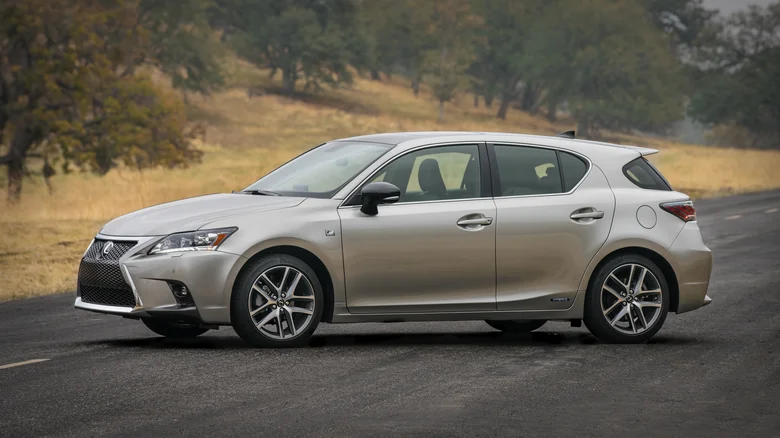
Lexus CT 200h (2011–2020)
German carmakers have been making high-end compact hatchbacks in Europe for a long time. Mercedes-Benz attracted families with the A-Class, which looked a bit like a small van. BMW aimed at driving fans with the rear-wheel-drive 1-Series. Audi gave the VW Golf a more upscale spin with the A3.
Lexus decided to join this group by launching the CT 200h in both Europe and North America in 2011. What made it different was its hybrid powertrain.
Like the Audi A3, the CT 200h used the same MC platform as Toyota’s small car at the time, the Auris. It had the same wheelbase and the same 1.8-liter hybrid system.
But Lexus made improvements inside the car, using higher quality materials and better assembly. The CT 200h was also made quieter with more sound-blocking features.
As expected, the hybrid setup with 134 horsepower was excellent for saving fuel, with an EPA rating of 43 mpg in the city.
The firm suspension helped it stay stable in corners, but the CT 200h was far from fast — it took 10.5 seconds to go from 0 to 60 mph. For a car that slow, especially one with a Lexus badge, a smoother and softer suspension might have made more sense.
Because of that, the CT 200h didn’t offer enough to stand out. A stronger hybrid version could have changed its fate, but one was never released.
It’s even possible that Akio Toyoda might have come up with an F-Sport version. Whatever the reason, after sales kept dropping in the U.S. and Canada for seven years, Lexus stopped selling the CT hybrid, and soon after, it ended in Europe as well.
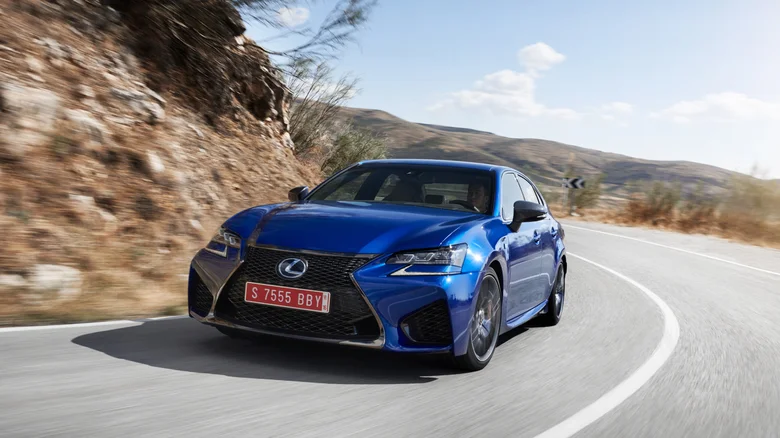
Lexus GS Fourth Gen (2011–2020)
The Lexus GS used to be a strong rival to the BMW 5 Series and Mercedes-Benz E-Class. It had great rear-wheel-drive performance and powerful engines, making it one of the best choices in the Lexus lineup. It wasn’t as fancy as the LS, but it was much more fun to drive.
It didn’t handle quite as sharply as the IS, but it gave more room and comfort. And while the ES, which is about the same size, has always been more like a fancy Camry, the GS felt like a real Lexus from the ground up.
The GS came with fun engine options, too. The GS 350 had a smooth 3.5-liter V6 that made 311 horsepower. There was a GS 450h hybrid version that used the same engine but produced 338 horsepower — enough to go from 0 to 60 mph in 5.7 seconds and still get 34 mpg on the highway.
And then there was the often overlooked Lexus GS F. This high-performance model came with a 5.0-liter naturally aspirated V8, offering 467 horsepower and, just as important, a true V8 sound that drivers loved.
Fans of Lexus lost all of this because SUVs are easier to sell than big sedans. The fourth-generation GS was the best version yet, but people weren’t buying it, and sales kept dropping until the last two were sold in 2022.
Lexus updated the ES more often, which probably made it better money because it shares parts with the Camry. That one attracts a lot more buyers, even though many would say it never matched what the GS offered.
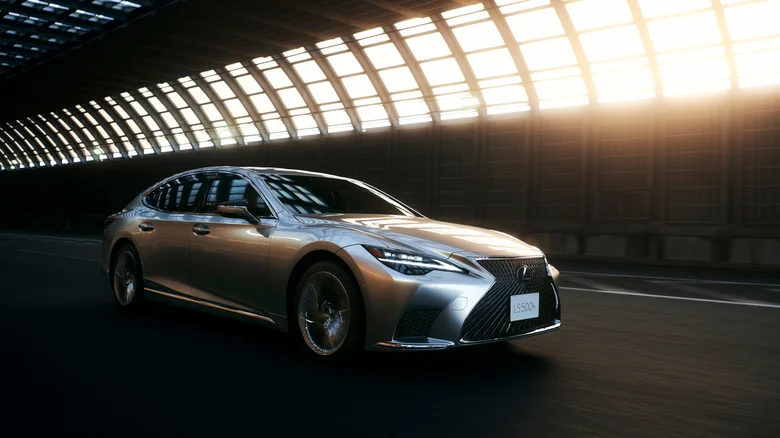
Lexus LS Fifth Gen (2018–Present)
The LS is without question one of the most important cars in Lexus history. It helped put Lexus on the map, thanks to top-level engineering and excellent quality.
In simple terms, this car represented what Lexus stood for. These days, though, the brand’s top model doesn’t hold the same position it once did. In the first three months of 2025, only 420 LS cars were sold across the U.S.
This trend wasn’t too surprising. Buyers now prefer crossovers, and sedans are being left behind. But the same trend applies to other brands too. For instance, the BMW 7 Series sold five times more cars than the LS last year, which shows that people aren’t choosing Lexus’ top model.
The newest LS 500 no longer offers a V8 engine. Instead, it uses a twin-turbo V6, available in regular and hybrid versions. While the new engine is powerful, some buyers still want a V8 in their luxury cars.
But the engine isn’t the only issue. Last year, Chris Davies said the Lexus LS 500 still had the kind of comfort and smooth ride people expect from a traditional luxury car, with a quiet and soft interior.
But the German competition comes with better technology, more powerful engine choices, and a better driving feel. Even the Genesis G90, which hasn’t been around as long, offers a more stylish and high-tech cabin than the LS 500.
This has led to talk that the LS might be discontinued, though Lexus has confirmed it will continue. There could be a new version coming, but for now, this generation of the LS hasn’t been a hit.

Lexus RX L (2017–2022)
In the last ten years, most high-end carmakers offered an SUV with three rows of seats. For example, Mercedes-Benz and Audi have sold the GL-Class/GLS and Audi Q7 since 2006.
Lexus joined this market late, introducing its first three-row SUV in 2017. That wouldn’t have been a big deal if the car had been great, but the RX L didn’t meet expectations.
Instead of designing a new model, Lexus changed the back of the regular RX SUV. The RX L was 4.3 inches longer than the standard version, with a more angled back window to try and make more space in the third row.
But since the wheelbase didn’t change, the car didn’t look quite right — and that wasn’t even the worst part. The third row wasn’t useful for anyone other than small children.
There was barely any legroom, limited headroom, and tiny windows. On top of that, getting into the third row wasn’t easy either.
As people would expect from Lexus, the RX L still gave a quiet and smooth ride. It came with a 3.5-liter V6 in the RX 350L, and there was a hybrid version too, the RX 450hL. Both were refined and pleasant to drive.
But it didn’t feel much different from the regular RX. And if the third row can’t really be used, why add it?
Even though it did have more cargo space with the seats down, that wasn’t enough to win over buyers. So Lexus stopped making the RX L after just one generation, and replaced it with the more useful TX.
7 Reliable Lexus Cars
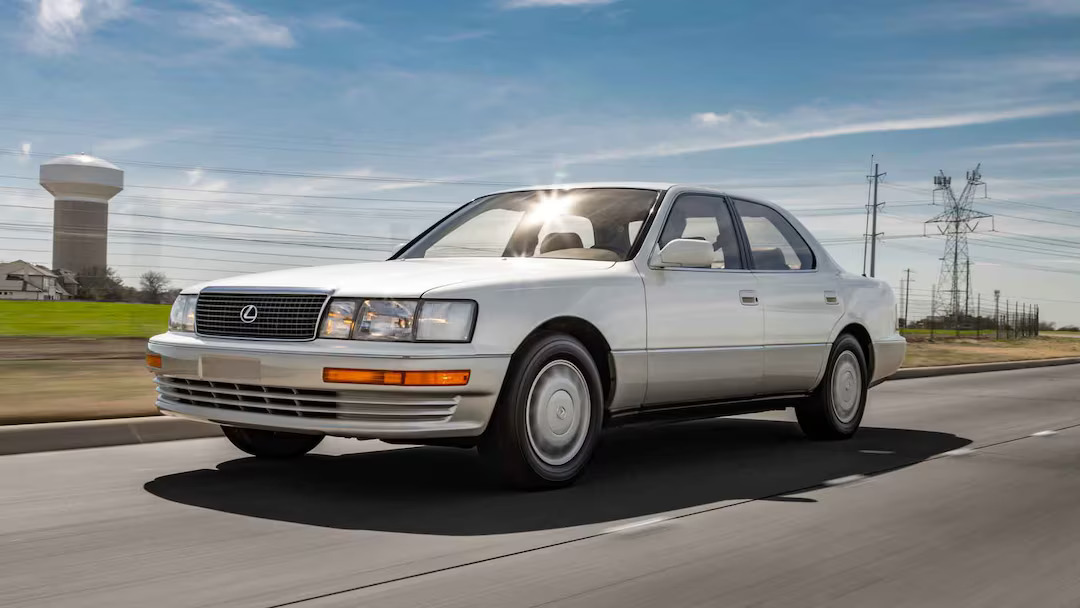
Lexus LS
Like many other luxury cars, the Lexus LS offers great comfort, the latest technology, and a safe, classic design. What makes the LS stand out most is its strong reputation for dependability.
Even though the LS never beat the Mercedes-Benz S-Class when it comes to how it drives, most reliability studies and owners have praised the Lexus sedan for how long it lasts.
RepairPal says the average yearly repair cost for the LS is just $767, which is much lower than what most luxury sedans cost to maintain.
Fixing problems with the LS usually isn’t too difficult either. One known issue is with the Mass Air Flow sensors. They can get dirty or fail, causing the car to hesitate or feel weak when speeding up.
Another common problem is a strange knocking sound coming from the suspension, which might mean there’s a problem with the tie rod, wishbone bushing, or ball joints.
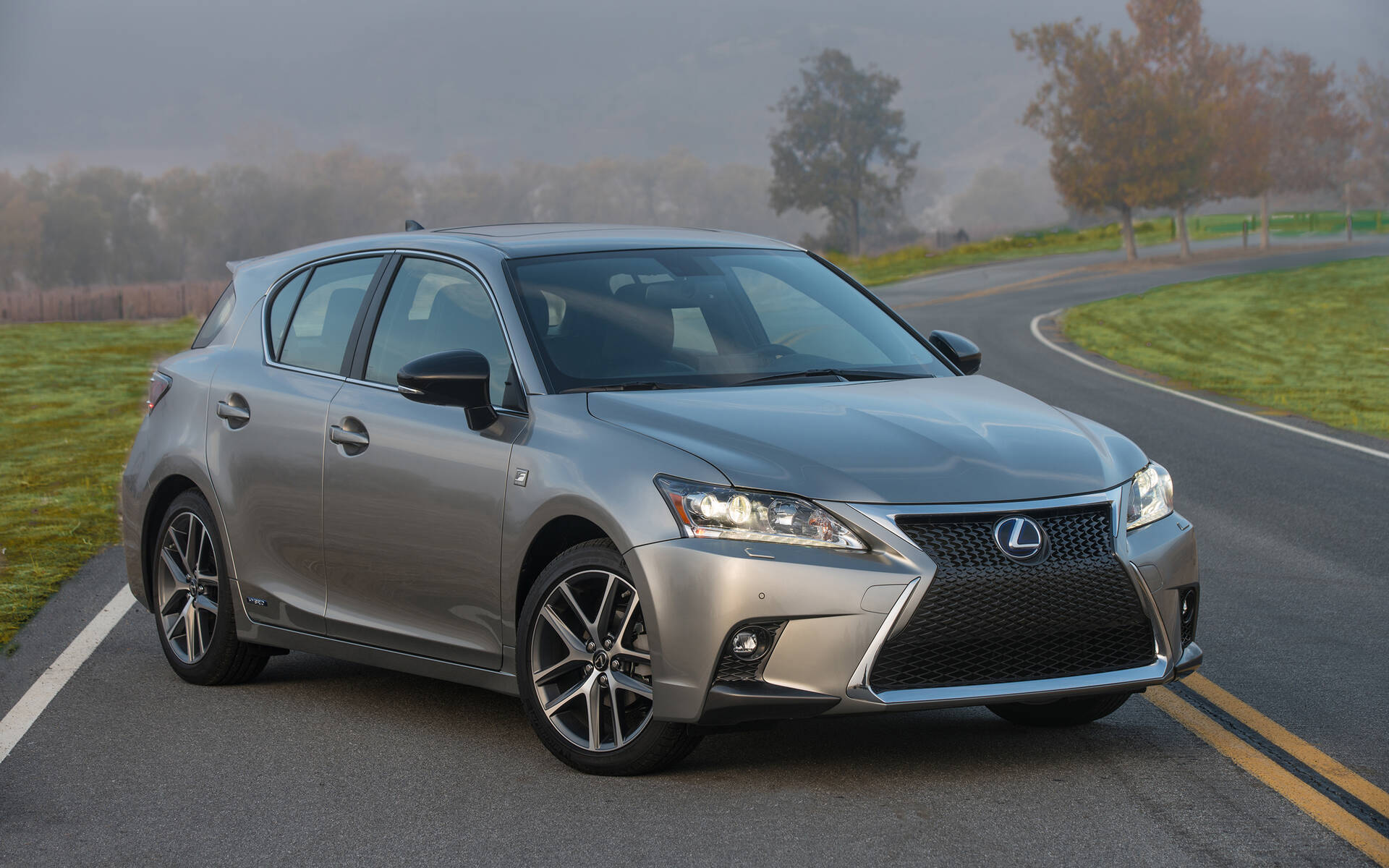
Lexus CT
The Lexus CT was a basic-level model that stood out because it used a hybrid system from the Toyota Prius. But that’s not the only thing they shared.
The Lexus CT is almost exactly like the Prius — the only major changes are how it looks on the outside and inside, and the way the suspension is set up.
Even though there are more things alike than different between the CT and the Prius, both cars are known for being very dependable. In the Auto Express Driver Power owner satisfaction survey, only 2% of Lexus CT owners reported problems.
The most common issue people mentioned was the loud sound the brakes made, which is caused by failing brake actuators. There is also a report from owners that the 2ZF-FXE engine used in the Lexus CT tends to use more oil than usual.

Lexus RX
The Lexus RX SUV has been one of the brand’s top-selling models in many countries because it fits the needs of a family SUV.
The RX is available with either five or seven seats, and buyers can choose between a regular gas engine or an efficient hybrid system. It comes with front-wheel or all-wheel drive.
On top of that, like other high-end SUVs, the Lexus RX comes with a lot of features for both kids and adults to use and enjoy. Thanks to its flexibility, the RX has won many awards, such as the Vehicle Satisfaction Awards and Best Resale Value Awards.
The Insurance Institute for Highway Safety also gave the Lexus RX the Top Safety Pick title. For several years, the RX was named the best midsize Premium SUV, with an average reliability rating of 90.
But since many people drive their RX for a long time and rack up lots of miles, it’s good to know about the common issues. For example, the steering rack can start leaking power steering fluid in high-mileage cars. The water pump is another part that can wear out, leading to engine coolant leaks.
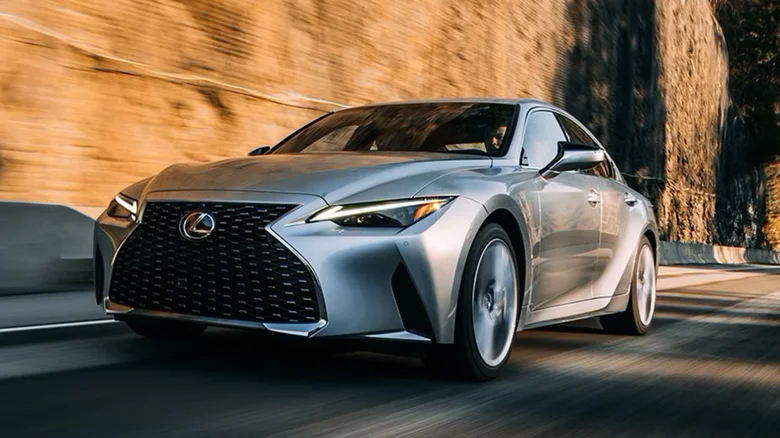
Lexus IS
From the start, the Lexus IS needed to show buyers that it could be a better compact sedan than those made by companies with many years of experience. Like most Lexus models, the IS took its own path in how it was designed and built.
One important feature of Lexus is the hybrid engine. The hybrid versions of the IS provided lower emissions and lower running costs, while still keeping a good driving feel. The IS came with other engine choices too, but they didn’t quite offer the same fun and energy as cars from other brands.
Even though it doesn’t drive as sharply as some of its rivals, the IS makes up for it with its great dependability. In several surveys, the Lexus IS got an impressive reliability score of 97%. The research also showed that fewer than 12% of IS models had any problems in the first three years of use.
Compared to the Audi A4, BMW 3-Series, and Mercedes-Benz C-Class, the IS has only small problems. The most common one is with the infotainment screen, which can freeze or stop working properly.
Another issue that shows up after a few years is a clicking sound from the rear wheels when turning slowly. This usually comes from loose rear brake calipers. Another weak point in the Lexus IS is the 12-volt battery.
This battery helps with many everyday features. When its voltage is too low, it can cause problems for the hybrid system or comfort features like heated seats or folding mirrors.
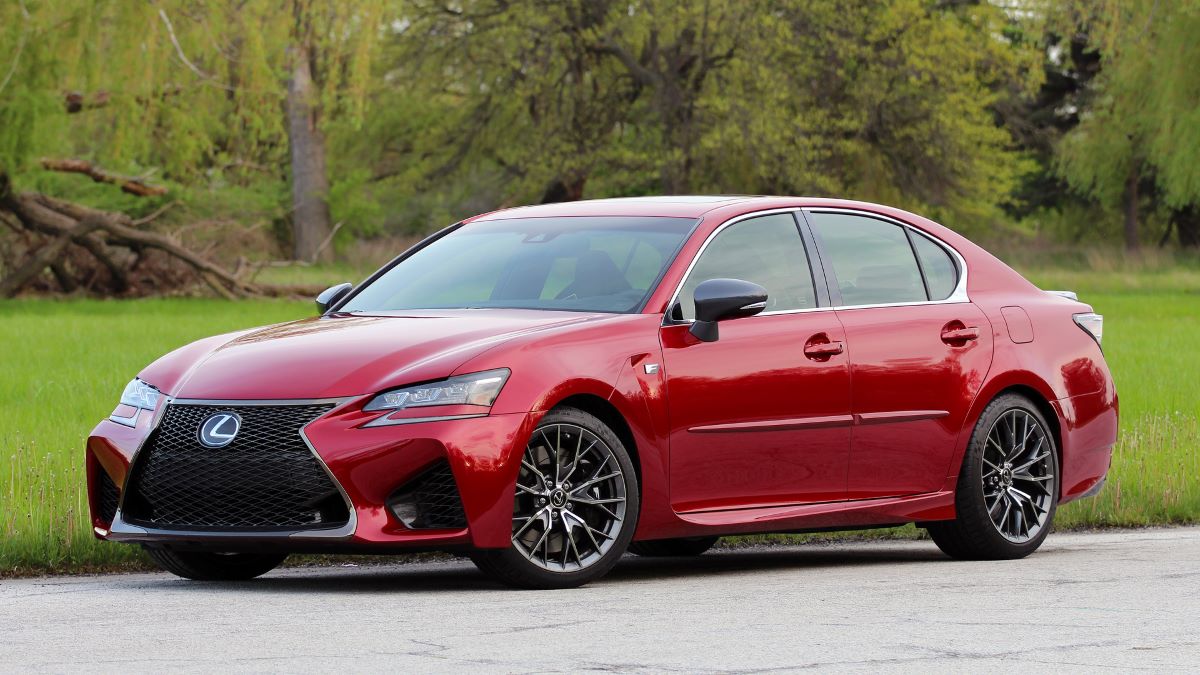
Lexus GS
The Lexus GS was made to be a performance sedan placed between the smaller IS and the top-of-the-line LS. But in 2020, after four strong versions, Lexus decided to stop making the GS, even though it had one of the best records for dependability in the industry.
Each generation of the GS came with some of the best quality and dependability ratings in its category. J.D. Power even named the Lexus GS the best midsize luxury car more than once, because of its strong features and how long it lasted.
The last generation of the Lexus GS is considered one of the best cars the company has ever made. RepairPal rated it as the third most dependable luxury full-size car out of 30, mentioning that its upkeep costs were lower than many of its competitors.
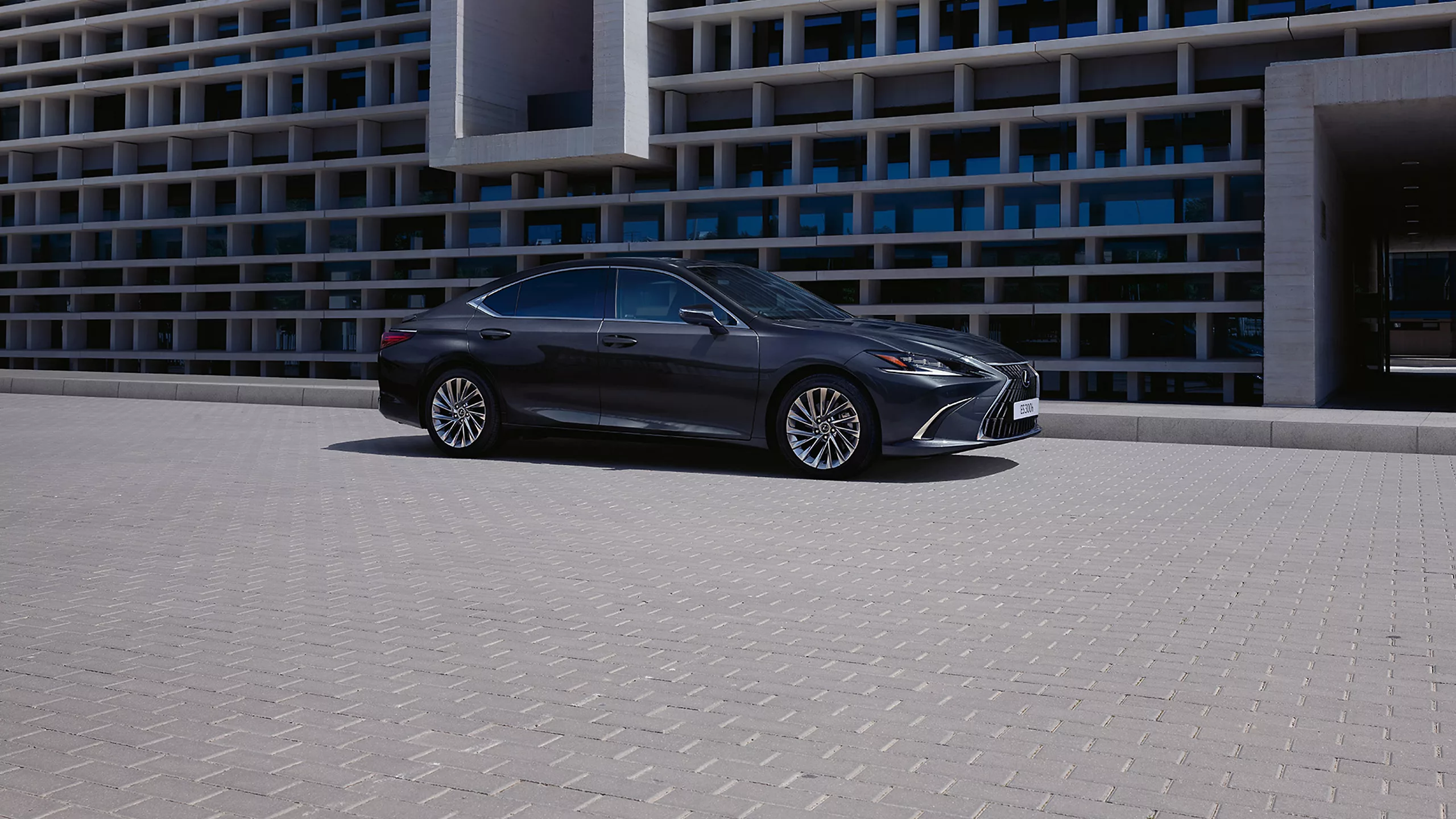
Lexus ES
Many versions of the Lexus ES have had high ratings for dependability, beating out other cars in its class every time. The newest version of the ES, with the latest features and safety systems, has an excellent J.D. Power reliability score of 87 out of 100. The version before it did even better, with a score of 93.
Lexus made the ES mainly for customers in North America, and it was a big hit. The sixth generation was especially popular in North America, Australia, Singapore, and Malaysia. It gained popularity thanks to its long list of great features and fuel-saving hybrid engines. But as the car gets older, some issues become clear.
Some owners say that if the car is parked in the sun often, the dashboard will eventually melt. In cars that have been driven a lot, GPS problems are common across all ES models. These can be fixed with a software update or by changing the GPS unit.
Owners have also reported that the 2.5-liter 4-cylinder engine may develop cracks in the engine casing, which can lead to coolant leaking both inside and outside the engine.

Lexus GX
Just like the larger Lexus LX, the GX was made by taking a tough and dependable base vehicle and adding luxury features like knee airbags, a lane warning system, and adjustable suspension.
These upgrades helped the GX handle better, made it more comfortable on long trips, and improved day-to-day use — all while keeping its off-road strength and good dependability. This is shown by its J.D. Power scores, where the GX was listed as one of the most dependable premium SUVs for several years straight.
Also Read: 12 Worst GM Cars Ever Built and 10 of the Best
Still, the GX isn’t perfect. One issue is with the front axles, which have four CV joints. Over time, these parts can crack or split, letting dirt or other material inside, which can damage the joints.
Another problem that can come up over time is oil leaks from the 1UR-FE V8 engine. These leaks usually happen where the timing chain cover meets the main parts of the engine, like the cylinder block and the cylinder head.

